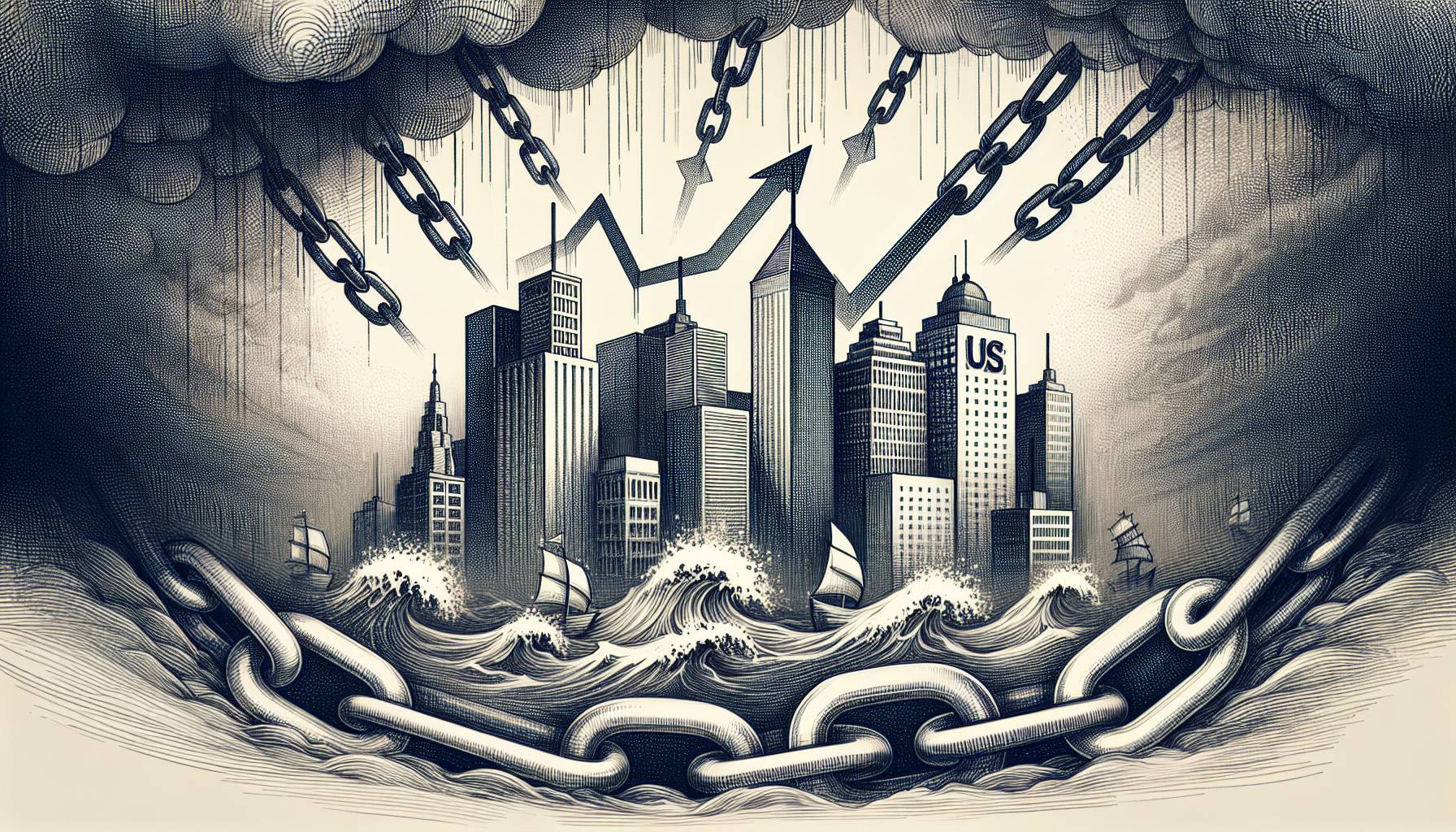In the United States, over 804,000 individuals experienced the cancellation of their long-standing student loan debt, resulting in astonishment and tears as they accessed their student loan service websites and discovered their account balances were now zero. These borrowers had enrolled in a federal program years prior, which guaranteed student loan forgiveness after consistently making payments for 20 or 25 years. Despite making the payments, however, many found their debts had not been cleared. This unexpected turn of events caused frustration and confusion among those who had been diligently adhering to the program’s requirements, having anticipated the relief of their financial burdens after years of commitment.
Investigation and Findings
Upon investigation, it was discovered that a lack of clear communication between borrowers, loan servicers, and the federal government led to misunderstandings regarding the eligibility criteria and the necessary steps to complete the process, leaving thousands still burdened with debt they believed had been forgiven. The federal Education Department is now addressing these inconsistencies, providing relief to borrowers such as Katrina Mosler, a 47-year old from California whose outstanding $27,000 student loan was finally eliminated after 20 years.
Implications for Borrowers
With the debt resolved, Mosler can think about saving towards a down payment for a home, rather than continuing to rent. This comes as a massive relief to many like Mosler who have been struggling with student loan burden for years, halting their dreams of financial stability and independence. The initiative by the federal Education Department is expected to significantly improve the quality of life for several borrowers, allowing them to redirect their efforts towards investment and personal growth.
The Reality of Debt Traps
Various borrowers who have had their balances cleared have reported paying back their original loan amount, or even double that, while still owing thousands. These cases reflect the unfortunate reality of debt traps many individuals experience, caused by high interest rates, fees, and unmanageable repayment plans. As a result, borrowers get caught in a vicious cycle where they struggle to break free from their mounting debt, despite making substantial payments on their loans.
Personal Sacrifices and Mental Health
In some instances, this resulted in personal sacrifices and even contemplation of suicide. These personal sacrifices often stemmed from the immense pressure and expectations placed upon individuals, leading them to believe that there was no other alternative. It is crucial that awareness about mental health and support networks are increased for those who may find themselves in similar circumstances, to prevent such tragic outcomes.
Financial Freedom and Opportunities
Yet, with the receipt of “golden emails” informing them of their loan forgiveness, these individuals can at last exhale a sigh of relief and anticipate a more promising financial future. The weight of student loans can be an incredible burden, but with this newfound freedom from debt, these graduates are now able to pursue their dreams without the constant pressure of loan repayment. This monumental shift not only benefits the lives of the individuals involved, but potentially has a broad, positive impact on communities and industries as they contribute to society unencumbered by financial stress.
Impact on the Student Loan Crisis and the Economy
As debates surrounding the student loan crisis persist in the U.S., the restoration of financial stability for these borrowers who honored their agreements for decades and made regular payments is finally being realized. With the introduction of new policies and relief programs, a significant number of individuals burdened with student debt are finding reprieve and hope for a more manageable financial future. These developments not only benefit the borrowers themselves, but also contribute to the overall economic growth by enabling them to effectively participate in the economy without being held back by mounting education debts.
Frequently Asked Questions
What caused the student loan debt cancellations?
The borrowers enrolled in a federal program years prior, which guaranteed student loan forgiveness after consistently making payments for 20 or 25 years. Due to a lack of clear communication between borrowers, loan servicers, and the federal government, many debts had not been cleared despite meeting the requirements. The federal Education Department addressed these inconsistencies and provided relief to borrowers, leading to the cancellation of their debts.
How has the debt cancellation affected borrowers’ lives?
The debt cancellation has provided massive relief to borrowers who have been struggling with student loan burdens for years, allowing them to redirect their efforts towards investments, personal growth, and financial stability. It also significantly improves their quality of life and enables them to participate in the economy without being held back by mounting education debts.
What is the reality of debt traps?
Debt traps occur when individuals experience high interest rates, fees, and unmanageable repayment plans, causing them to struggle to break free from mounting debt despite making substantial payments on their loans. It can lead to personal sacrifices and even contemplation of suicide due to immense pressure and expectations.
How does student loan forgiveness impact mental health?
Student loan forgiveness can provide relief from the high levels of stress and mental health challenges that are associated with being burdened with debt. By eliminating this financial burden, individuals may experience reduced anxiety, depression, and other mental health issues related to the pressure and expectations placed upon them by student loans.
What changes can be expected in the economy due to student loan cancellations?
As borrowers experience relief from student loan debt and regain financial stability, they are able to participate more effectively in the economy. Debt-free graduates may contribute more to consumer spending, investments, and job growth, potentially having a broad, positive impact on communities and industries. These changes can overall benefit the economy and contribute to economic growth.
First Reported on: usatoday.com
Featured Image Credit: Photo by LinkedIn Sales Navigator; Pexels; Thank you!













